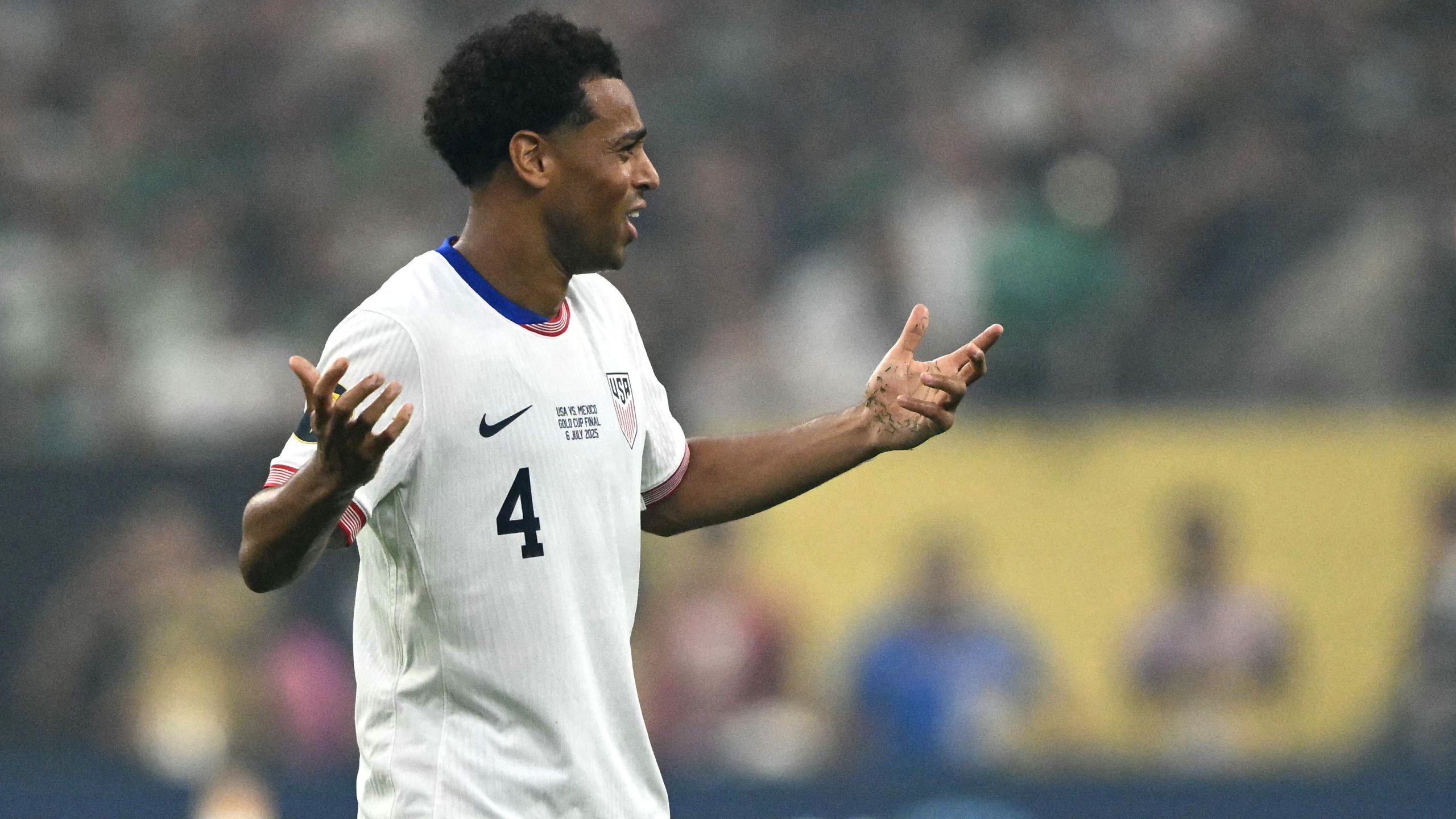Tyler Adams Fitness Battle Shapes USMNT Ambitions
Tyler Adams fitness took center stage at this summer’s CONCACAF showcase, revealing how a demanding Premier League season can ripple into international tournaments and reshape a team’s blueprint for success.
Tyler Adams fitness journey at the Gold Cup
After logging his heaviest top-flight campaign with Bournemouth, the USMNT captain arrived at the Gold Cup already fatigued. Adams confessed to CBS Sports that each appearance felt like “borrowing minutes” from a depleted energy account. He started five of six matches yet completed the full 90 only once, a stark contrast to the engine-room reputation he forged in MLS, Leipzig, and now England.
The coaching staff originally planned to ride his combative presence deep into matches, but ongoing data from the high-performance unit told a different story. GPS trackers flagged reduced sprint capacity, elevated recovery times, and a spike in soft-tissue risk. Adams agreed that strategic substitutions, while frustrating, were essential to ensure both short-term contribution and long-term availability.
The toll of a Premier League gauntlet
England’s top tier demands relentless intensity: weekly double-session training, cross-country travel, and scarcely any winter break. Adams clocked more than 3,200 competitive minutes for Bournemouth, a workload he had never previously reached. He celebrated finishing the season unscathed, but cumulative micro-traumas lingered beneath the surface. By the time the Gold Cup kicked off, his internal GPS was already blinking red.
Mental resilience versus physical fatigue
Adams’ remarks underscored a modern truth: elite football now challenges the mind as much as the muscles. “From a mental perspective I felt ready,” he said, “but my body was lagging a step behind.” That cognitive grit propelled him through group-stage grinders against Jamaica and Canada, yet even he admitted that adrenaline cannot mask chronic fatigue forever.
USMNT strategy amid Adams’ limited minutes
With their midfield metronome rationed, the U.S. coaching staff pivoted tactically. A double pivot of Yunus Musah and Johnny Cardoso absorbed defensive duties, while Gio Reyna dropped deeper to spark progression. The tweak sacrificed some of Adams’ trademark bite but unveiled fresh combinations vital for 2026 roster depth.
Rotation also offered silver linings: Tanner Tessmann earned his first knockout start, Gianluca Busio showcased improved positional discipline, and the entire squad experienced what it means to adapt without their on-field general. Post-tournament analytics revealed the U.S. conceded only 0.8 expected goals per 90 when Adams rested, proof that collective shape can compensate for individual absence when rehearsed.
The locker-room ripple effect
Veterans credited Adams’ vocal influence despite curtailed minutes. He organized walkthroughs, set gym standards, and was first to greet substitutes at the touchline. Rising talents noted the example: compete, communicate, then concede the stage if your body insists. That culture may prove decisive when the World Cup returns to American soil.
Looking ahead to 2026: fitness lessons learned
Adams views the home World Cup not as added pressure but as an invitation to refine every controllable variable—recovery routines, nutritional periodization, sleep hygiene. Bournemouth’s sports science staff have already scheduled customized micro-off-seasons after congested windows. U.S. Soccer, meanwhile, is coordinating with European clubs to design year-round load-management plans, minimizing the clash between club ambitions and national-team duty.
Clinical experts suggest incremental adaptations: altitude chambers at domestic camps, staggered travel itineraries, and earlier call-ups to allow for circadian alignment. Adams, forever the pragmatist, vows to enter 2026 “stronger, smarter, and sustainably explosive.”
Global calendar congestion isn’t easing
FIFA’s expanded Club World Cup, revamped Champions League, and new Nations League tiers will stack even more fixtures onto elite players. The Adams case study highlights the need for transparent dialogue among stakeholders—clubs, federations, and athletes—so that marquee tournaments showcase peak performance rather than survival mode.
Opinion: embracing pragmatic heroism
Tyler Adams’ honesty enriches U.S. soccer discourse. Rather than masking vulnerability behind cliché, he detailed the tightrope between ambition and anatomy. That candor should empower coaches to rotate relentlessly, fans to temper instant judgments, and young prospects to prioritize sustainable development over highlight-reel workloads. If pragmatic heroism becomes the new normal, the USMNT might arrive at 2026 not just inspired but fully fit to chase history.
Your global gateway to nonstop football coverage:
News Goal
Share this content:

